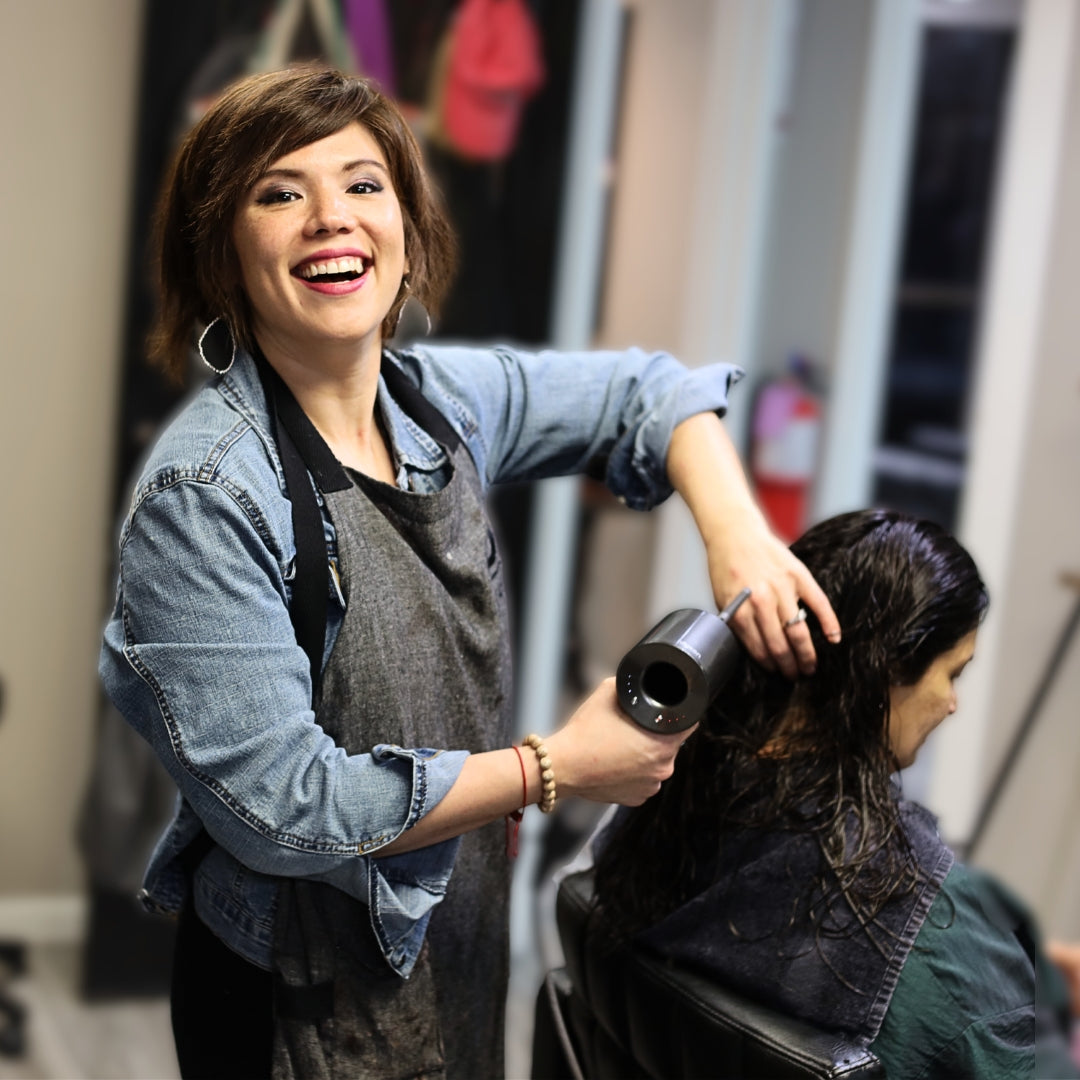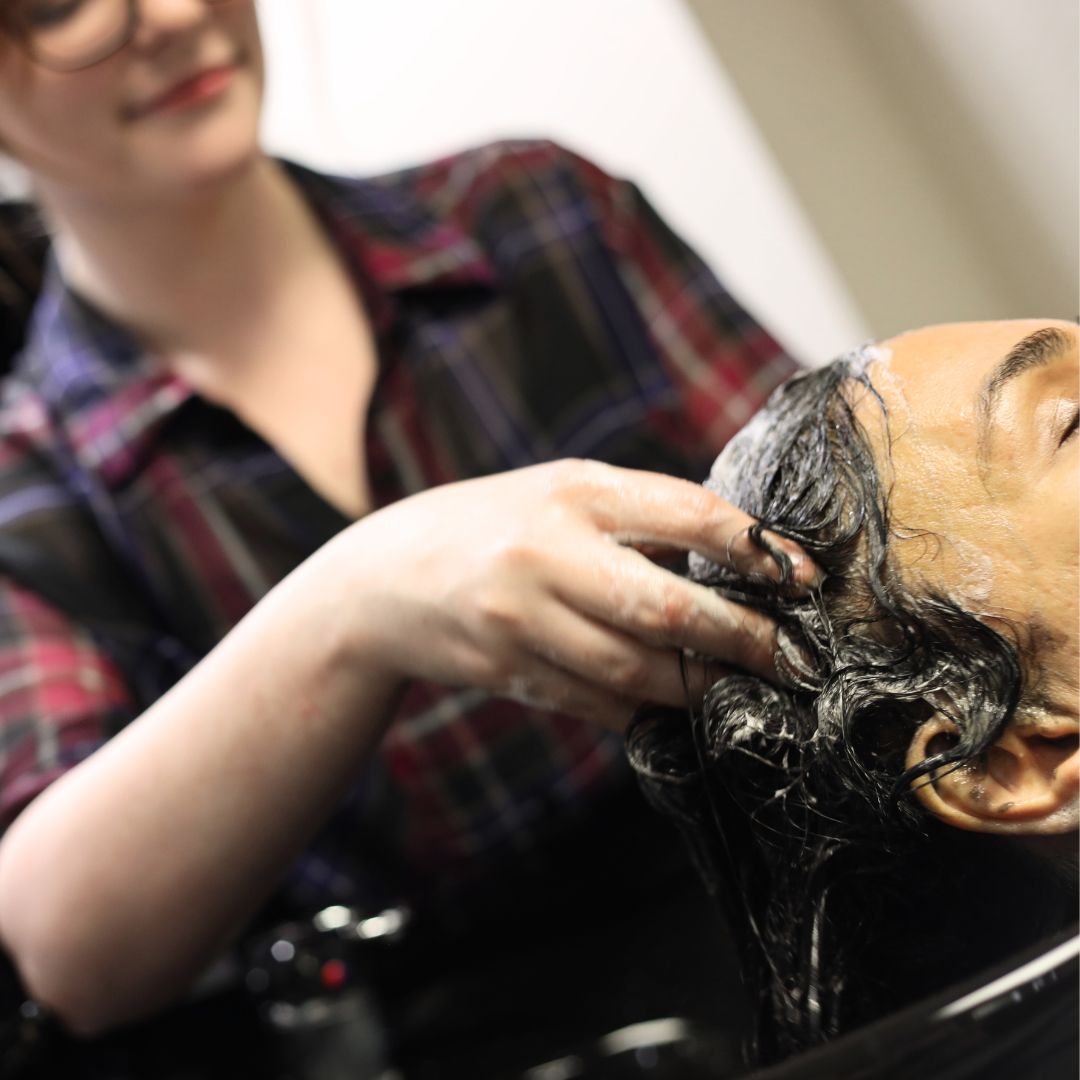Glass Bottles vs. Plastic: The Shift in Beauty Brands with Sustainable Packaging

In the vibrant universe of beauty and wellness, an exhilarating shift is underway, propelling us toward a more sustainable and eco-friendly horizon. Beauty brands with sustainable packaging are not just making waves; they're creating a monumental splash, especially as we dive into initiatives like Plastic-Free July. It's a pressing matter, a transformation deeply rooted in the need to preserve our planet's health while not compromising on our own. This movement isn't merely a trend; it's an urgent call to action that beckons every beauty enthusiast and brand alike to participate in a meaningful shift toward sustainability. Embracing eco-conscious practices is no longer optional; it's imperative for our collective well-being and the beauty industry's future.
The Impact of Plastic Waste in the Haircare Industry
Statistics on Plastic Waste
The haircare industry, a significant segment of the global beauty market, has historically leaned heavily on plastic packaging. Annually, it's estimated that over 120 billion units of packaging are produced by the beauty industry alone, with a staggering 70% of this waste attributed to packaging. In the U.S., the production of rigid plastic for beauty and personal care products reaches almost 7.9 billion units each year. This immense reliance on plastic not only contributes to global plastic pollution but also highlights the urgent need for sustainable alternatives.
Environmental Consequences
Plastic waste poses severe threats to our environment, with less than 10% of disposed plastic being recycled. The majority ends up in landfills, oceans, or incinerated, releasing harmful chemicals and greenhouse gases. Microplastics, often overlooked, originate from various sources including beauty products. These tiny particles easily bypass water filtration systems, contaminating waterways and affecting marine life. The environmental impact extends further as plastics degrade, releasing toxins that disrupt ecosystems and pose health risks to wildlife and humans alike.
Consumer Awareness and Shifts
Amidst growing environmental concerns, consumers are increasingly demanding accountability and transparency from beauty brands. Recent trends show a significant shift towards products that offer sustainable packaging and cruelty-free practices. In 2023, a notable portion of U.S. consumers emphasized the importance of using products with 100% natural ingredients and responsible manufacturing. This shift is not just a passing trend but a strong movement towards ethical consumption, driving brands to innovate and adopt more sustainable practices like using biodegradable or recyclable packaging materials.
Embracing Plastic-Free Alternatives

In the quest for sustainability, the beauty industry is seeing a surge in eco-friendly packaging options that are both innovative and kind to the planet. Brands are turning to materials like glass, aluminum, and biobased substances to offer consumers responsible choices that align with their environmental values.
Eco-friendly Packaging Options
The use of glass for bottles and jars highlights its appeal as a recyclable material, ensuring that once its initial purpose is served, it can be transformed into new glass items, thereby reducing waste. Aluminum, known for its impressive environmental benefits, is another top choice for sustainable packaging due to its high recyclability. Additionally, cardboard and biobased materials like cornstarch and mushrooms are gaining popularity. These materials are not only renewable but also biodegradable, making them excellent alternatives to traditional plastic packaging.
Here at Ippodaro Natural Salon, not only do we source clean, healthy, and high-quality haircare products that work, but we also prioritize products with sustainable packaging.
- Oway — Oway’s products are packaged with 100% glass and aluminum containers and use 0% superfluous packaging! Since its origin, Oway has made sustainability a priority, so much so that they coined the term agricosmetica®. What does that mean? Well there are four parts to agricosmetica® (that are worth reading), but for the sake of this article, we are focusing on the packaging. That said, taken directly from Oway’s website, “agricosmetica® means eliminating plastic, which is highly polluting, and unnecessary and superfluous packaging and making the necessary tools exclusively in eco-sustainable paper, wood, metal, cotton: natural materials that convey authentic sensations. It means using renewable energy for business processes to reduce the environmental footprint.”
- Routine — Routine’s haircare products are packaged in a custom repurposed plastic bottles. Not only that, Routine focuses on a small carbon footprint when making and packaging their products. For example, the bottles are crafted by local makers, then filled at their friendly neighborhood lab, and finally shipped from their headquarters (all within a 5km radius).
- Moroccanoil — Moroccanoil is prioritizing a focus on conscious packaging that has already helped to reduce our environmental impact, while continuing to move toward more sustainable updates. Over the next five years, their commitment to using less virgin plastic and more recycled material will save more than 500 tons of virgin plastic. Their Moroccanoil Treatment comes in bottles made from 40% recycled glass. The bottles are also 100% recyclable! Their shampoos and conditioners now come in bottles made from 50% post-consumer recycled materials.
- Verb — All of the Verb’s containers are 100% recyclable.
- Amika — Amika is on a mission to become NetZero by 2030. Currently, their bottles are made with 90% post-consumer (PCR) plastics (with the exception of 2 SKUs, one of which is undergoing PCR testing, and the other passed its pcr testing as of February 2022).
- Malibu C — Malibu C recently introduced their new EcoBlu® bottles. The EcoBlu bottles are not only made from 98% recycled materials (and can be recycled again), but they are also designed with Eco-One® technology, which enhances the biodegradation of the bottles when disposed of in a biologically active landfill (appropriate facilities not available in all areas). Independent ASTM D5511 tests that represent biologically active landfills on representative packages have shown 60.6% biodegradation in 388 days.
- Hairprint — Hairprint products are packaged in recycled material.
Shampoo Bars and Solid Conditioners
Shampoo bars and solid conditioners represent a significant shift away from plastic. These products eliminate the need for plastic packaging altogether, offering a compact, waterless form that is perfect for reducing carbon footprints and enhancing hair health. Shampoo bars, packed with natural oils and essential minerals, provide a rich lather that nourishes the hair and scalp while being environmentally conscious.
Refillable and Reusable Products
The movement towards refillable and reusable products is gaining momentum as consumers become more conscious of their environmental impact. Brands and salons like Ippodaro Natural Salon are introducing refill stations and offering products in reusable containers, such as glass bottles. This not only helps in reducing waste but also encourages a cycle of reuse that supports sustainable living practices.
Here at Ippodaro Natural Salon, customers who purchase Oway or Routine products receive 15% off when they bring the bottles back to the salon to have them refilled!
The Benefits of Glass Bottles for Haircare Products
Environmental Benefits
Glass packaging is celebrated for its sustainability and minimal environmental impact. It is 100% recyclable, allowing it to be reused endlessly without any loss in quality. This feature is crucial in reducing waste and promoting a circular economy. Unlike plastic, which often ends up in landfills or oceans, glass can be recycled repeatedly, ensuring that it doesn't contribute to pollution. Additionally, the production of glass is less resource-intensive compared to plastic, relying on abundant natural materials like sand and limestone, which results in lower greenhouse gas emissions.
Durability and Reusability
One of the standout attributes of glass is its durability. Glass bottles provide a long-lasting solution that can withstand repeated use without suffering from problems like cracking, warping, or discoloration that plastics are prone to. This robustness makes glass an ideal choice for consumers who value products that offer longevity. Moreover, glass does not interact with the product it holds, preserving the efficacy and shelf life of haircare products. Consumers can repurpose glass bottles for various uses, such as storage containers or decorative items, enhancing their value beyond their initial purpose.
Consumer Perceptions
Glass packaging not only offers practical benefits but also enhances the consumer experience. It exudes a sense of luxury and quality that is often associated with high-end products. The transparency of glass allows consumers to see the product inside, adding to its aesthetic appeal and making it more attractive on shelves. This perceived value can elevate a brand’s image and attract consumers who are willing to pay a premium for products that signify sophistication and eco-friendliness. Additionally, glass’s inert nature means it does not impart any odors or flavors to the product, maintaining the original quality and purity of haircare formulations.
Challenges and Solutions in Making the Switch
In the dynamic landscape of beauty brands transitioning to sustainable packaging, several challenges arise, notably in cost implications, supply chain adjustments, and consumer education. However, innovative solutions are emerging to address these hurdles effectively.
Cost Implications
Transitioning to sustainable packaging such as glass or metal often incurs higher costs due to the materials themselves and the processes involved in their production. These costs can be daunting for brands, especially smaller ones. To mitigate these expenses, companies are encouraged to start with incremental changes. For example, integrating a percentage of post-consumer recycled content can be a cost-effective stepping stone. Collaborating with environmental organizations can also provide access to more affordable sustainable materials and technologies.
Supply Chain Adjustments
The shift to sustainable packaging requires significant adjustments in the supply chain. Securing a steady supply of sustainable materials can be a challenge due to their limited availability and the need for specialized manufacturing processes. Brands can overcome these obstacles by fostering strong relationships with suppliers committed to sustainability. This includes engaging in partnerships that ensure a transparent and ethical supply chain, which not only secures the needed materials but also boosts the brand's credibility and consumer trust.
Consumer Education

Educating consumers about the benefits of sustainable packaging and proper disposal methods is crucial. Many consumers are still unaware of how to effectively recycle or dispose of sustainable packaging. Brands are tackling this challenge by enhancing the visibility of recycling instructions and symbols on packaging. Additionally, they are investing in widespread educational campaigns that elucidate the environmental impact of product packaging and the importance of recycling. These initiatives help build a knowledgeable consumer base that actively participates in and supports sustainable practices.
Through these concerted efforts, beauty brands are not only addressing the challenges of switching to sustainable packaging but are also paving the way for a more environmentally responsible industry.
Conclusion
As we navigate through the expanding universe of sustainable beauty, it's evident that the shift from plastic to glass bottles and other eco-friendly alternatives represents a critical stride towards a greener future. The journey towards sustainability within the beauty industry is both inspiring and challenging, requiring ongoing commitment from brands and consumers alike. By embracing plastic-free alternatives and prioritizing eco-conscious packaging, the beauty sector can significantly contribute to environmental preservation and the well-being of our planet. As this transition continues to unfold, the collective efforts of consumers advocating for change and brands adopting sustainable practices will play a foundational role in shaping a more sustainable and aesthetically enriching future. The momentum garnered thus far paves the way for further research, innovation, and action in pursuit of a beauty industry that treasures and protects our natural world.



